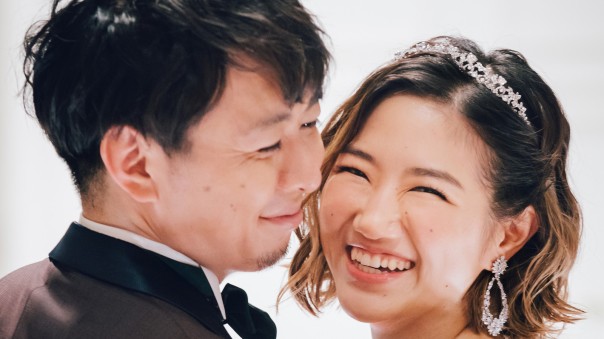Love is Blind Japan
Streaming on Netflix
One of the most irksome things about reality shows such as Married At First Sight or The Bachelor is the emphasis placed on looks and the trappings of relationship, rather than the essential element of knowing and valuing the other person. This is something Love is Blind deals with very well.
The original US version premiered on Netflix two years ago, and the second season began last month. Late last year a Brazilian version appeared, and now it’s the turn of Japan – a very different cultural and relational dynamic, and all the more interesting because of it.
Yes, it’s still “entertainment”, and yes, it’s still an engineered relationship that is supposed to result in marriage. But how a person looks, and the assumptions we instantly (often unknowingly) make as a result, are completely absent for the initial stages of the relationships that develop through this show.
The premise is that 15 men and 15 women spend time talking and listening, one-to-one, in special “pods” that allow them to be comfortable but not to see each other. Those who develop a connection can choose to spend an increasing amount of time chatting in the pods. If they become emotionally attached, one of them (usually the man) proposes.
Once the couple is engaged, they are allowed to meet for the first time. So, this is the big reveal à la Married At First Sight, but without the ludicrous wedding to a complete stranger. Which is just as well, as the first meetings vary from romantic to uncertain or just plain awkward. By this stage, there is about a month before the intended wedding, and couples spend the intervening period getting to know each other more fully, meeting family, friends and so on.
I’d be happier as a viewer if the couples weren’t immediately tossed into a “living together” scenario. Do they feel pressure to be intimate when each partner is still on a steep learning curve about the other? Hopefully not – and this version of the program, at least, draws a veil over such things. However, the TV timetable means everyone needs to make a life-altering decision within a very short space of time.
Thankfully, there is no stipulation to marry. Any of the participants can break their engagement and leave, right up to the last moment at the altar. In the first US series, several couples became engaged but only two chose to marry, and it’s no spoiler to say that Love Is Blind Japan follows a similar pattern.
It’s an odd way to meet but it seems to (sort of) work – the two American couples recently celebrated their third wedding anniversaries.
In the Japanese version there are moments of real openness, kindness and generosity as the men and women get to know each other, albeit through a wall. All truly need to listen and understand what they’re hearing, and all need to be willing to share of themselves.
This changes when they meet, but not necessarily in a good way, and not with the couples you might expect. Do looks enhance their feelings or confuse them? Are both partners willing to work at the relationship, be completely honest with each other and find common ground in areas that could prove a stumbling block?
Anyone who has ever dated or been married – which would be most of us – knows that give and take is crucial to the success of a relationship. We ignore the needs, expectations and feelings of our partner at our peril.
Which means, in the end, that although some couples in this program do end up with people who weren’t their normal “type”, it’s not because love is blind. It’s because love sees very well indeed but chooses to accept and forgive. Because it’s patient, kind and doesn’t keep a record of wrongs.
For flawed and sinful creatures loved by their great God, and the dim reflection of this love in the marriages we make in his name, this is a great blessing.

















